Alongside catchy buzzwords like NFT and web3, one of the concepts that has much of the world – the tech and VC worlds, anyway – salivating is the metaverse. The concept was catapulted into the mainstream when Facebook decided to go all in on turning its social networks into a metaverse, even going so far as to rename the company to that effect. But for all the interest in the metaverse, there tends to be a whole lot of confusion around what the metaverse is and how it will end up impacting our lives.
From DVD and Blu-ray discs to virtual reality, video games tend to be the first implementation of emerging technology innovations, and metaverse is not different. So today, we’re going to look at the metaverse – what it is, how it works, and how it impacts lives – from a gamer’s perspective.
What is the metaverse
The simplest explanation is this: A metaverse is a virtual world where all online interactions take place. The idea here is that while we currently use different apps and websites to access games, social media, ecommerce, meetings and chats, these will all be rolled into one seamless virtual world – the metaverse. While most agree that this is the end goal of a metaverse, there isn’t much agreement on how we’re going to get there.
Many see the metaverse as the front-end user interface of a new internet – Web3 – which will be decentralized (as in, not controlled by a few tech mega-corporations) and will run on the blockchain (a distributed peer-to-peer network where, in principal, no one entity has complete control). In web3, the metaverse is envisioned as a virtual world to replace web browsers and apps, and where all services – games, meetings, ecommerce, social meta – will work in sync with each other.
Others see the metaverse as an evolution of the existing web2 internet – one where the likes of Google, Meta, Amazon and Microsoft dominate with their control over server infrastructure as well as products and services. This form of the metaverse is simply an app or a game that presents a virtual world that can incorporate all online activities within it.
But hasn’t that been already happening in video games for years?
Games are already metaverses
While most of the world is waking up to the metaverse concept, video games have been doing it for quite a while. From playing games, to e-commerce, to social interaction, games have been metaverses before it was cool. Fortnite, in fact, has taken things to an extent that other metaverse ventures can only dream of.
With gaming at its core, Fortnite has implemented commerce through its in-game marketplace. With its signature dances and emotes and communication options, Fortnite has become a place for social interaction. With tie-ups with brands and media properties, Fortnite offers a new age of marketing and advertising. And with in-game concerts performed by the likes of Travis Scott and Ariana Grande, Fortnite has also evolved into a virtual event space for celebrities and brands.
But even before Fortnite, the metaverse concept has been explored in MMOs for decades, as well as in games like The Sims and platforms like Second Life. So, in many ways, the metaverse concept is nothing new for gamers.
So why should we care?
Frankly, it’s business as usual for gamers. As games continue to evolve into live services that live on for years, they will also continue to grow to incorporate several other elements. Platforms like Roblox allow users to create and sell their own content to build legitimate careers within these platforms. But as always, games will continue to succeed or fail on the basis of how fun and engaging the gameplay experience is, and none of that will change with the metaverse, crypto-gaming, play-to-earn or any new concept that developers and gaming companies come up with.

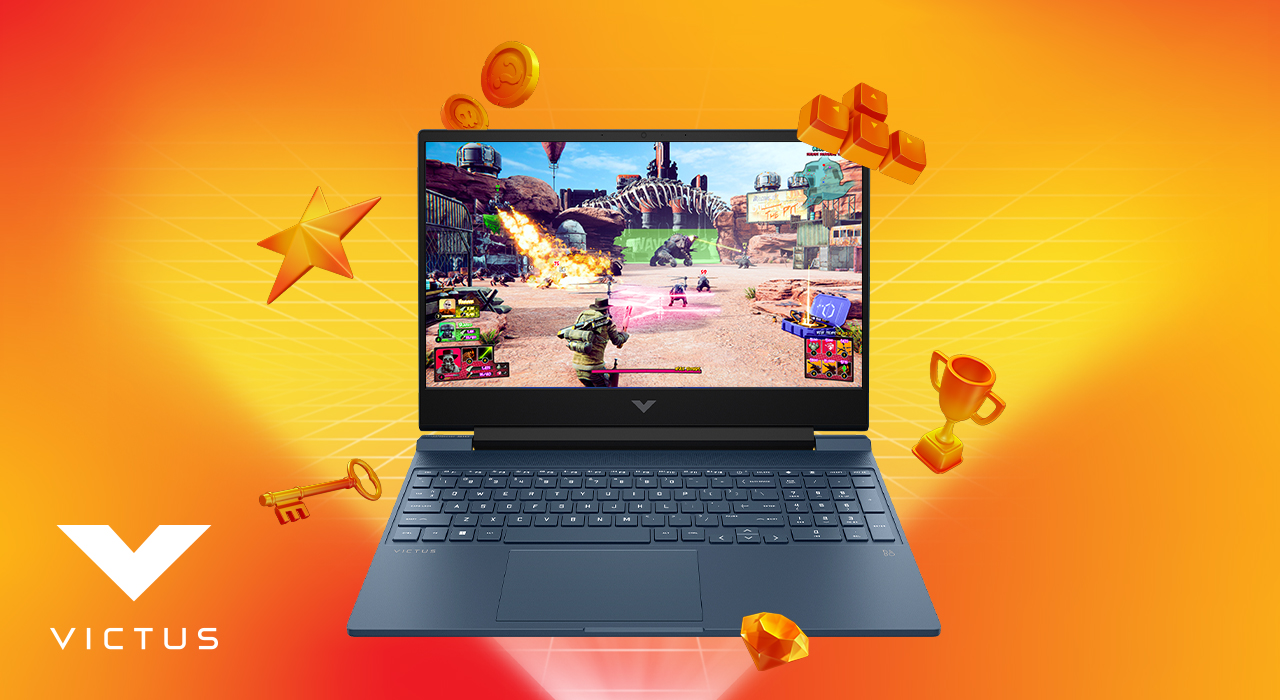
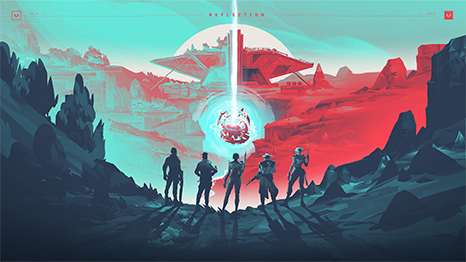
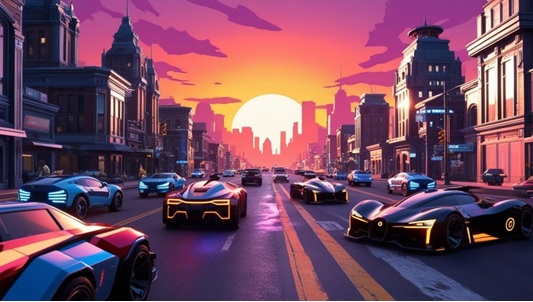
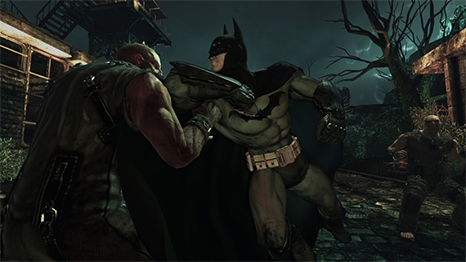
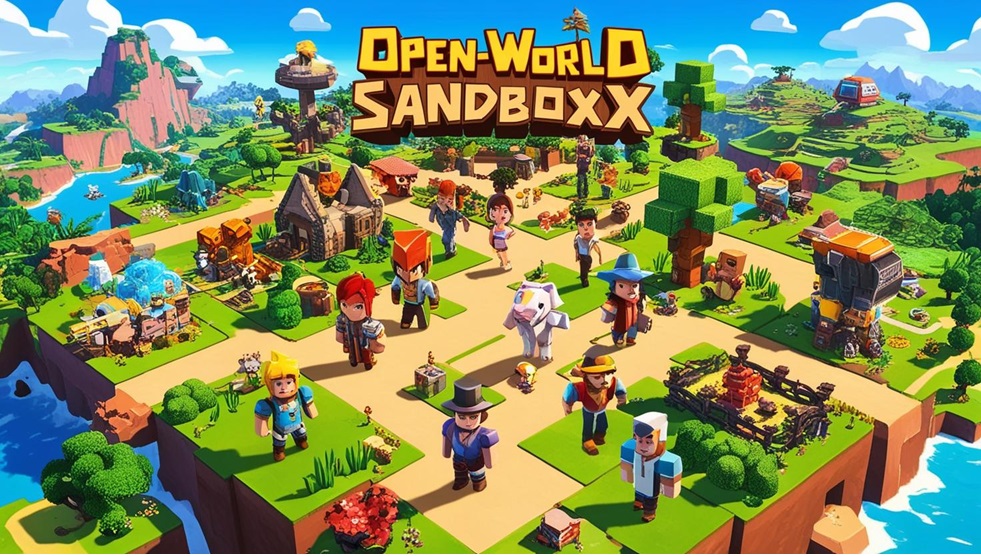



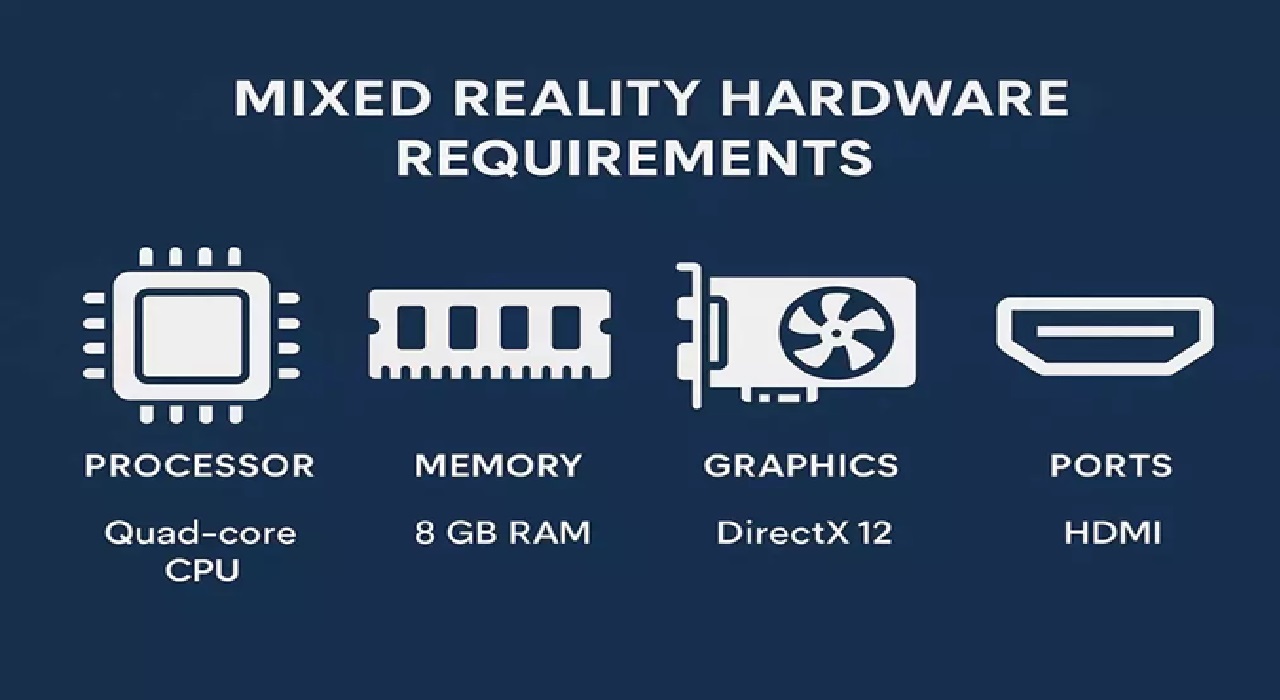
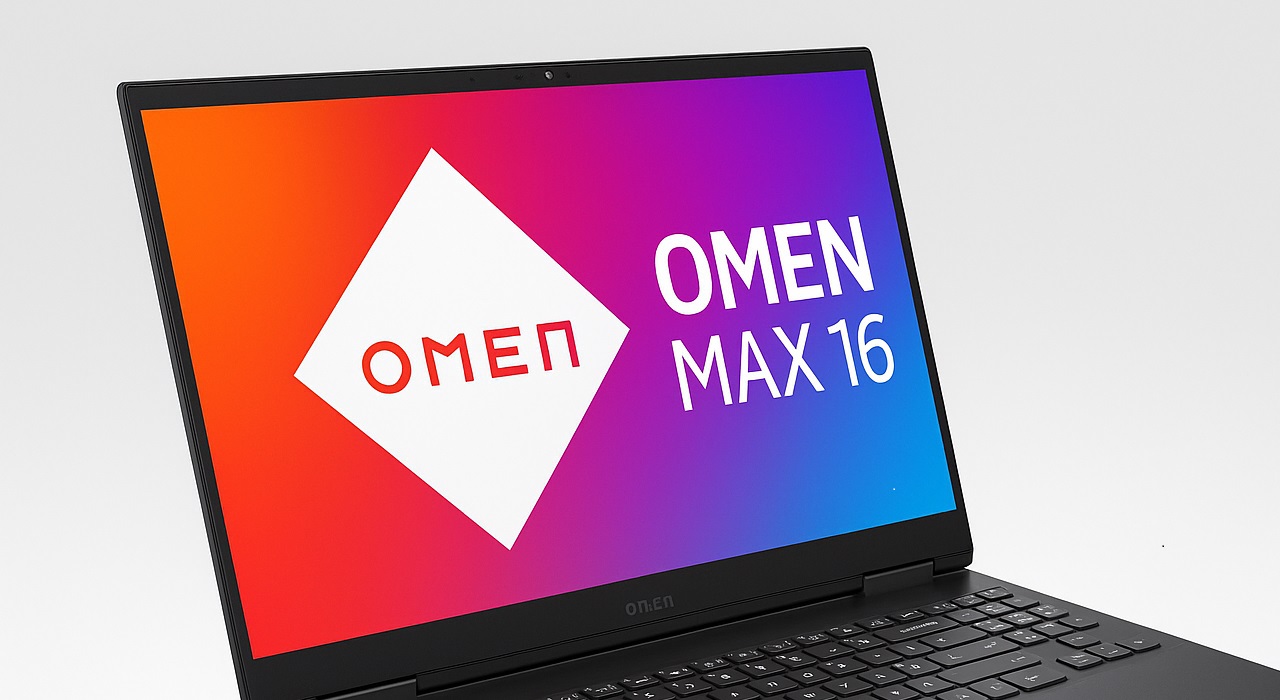
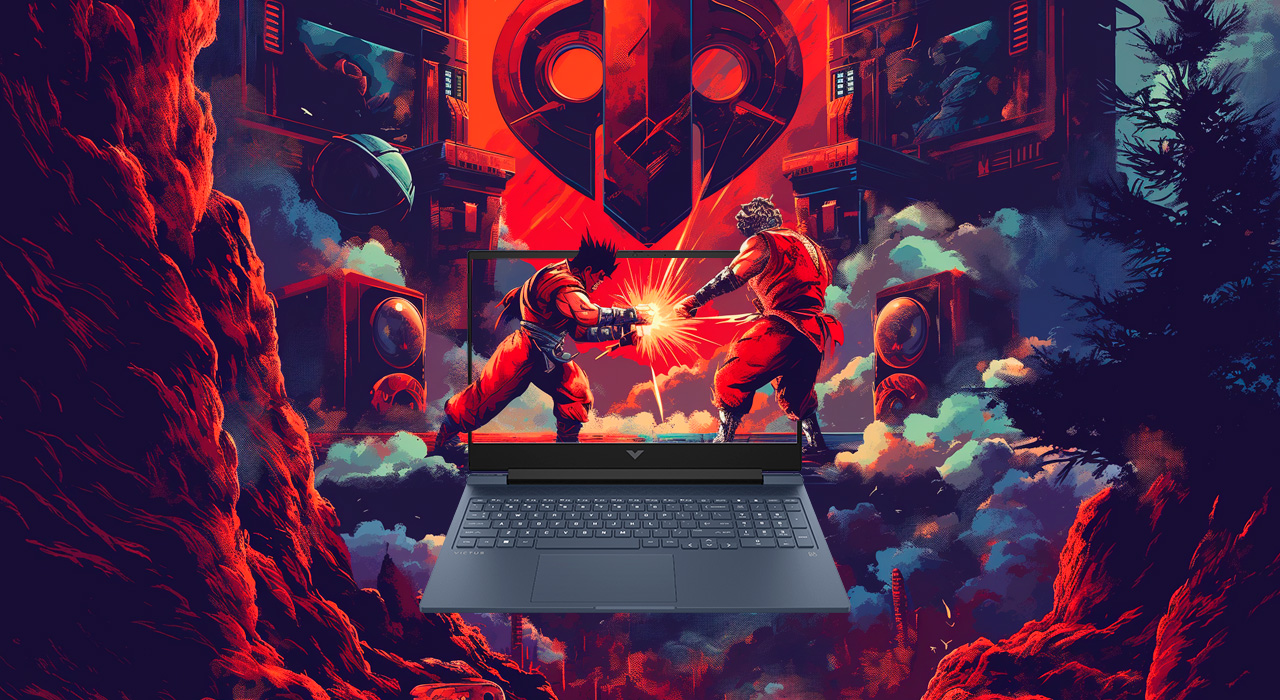
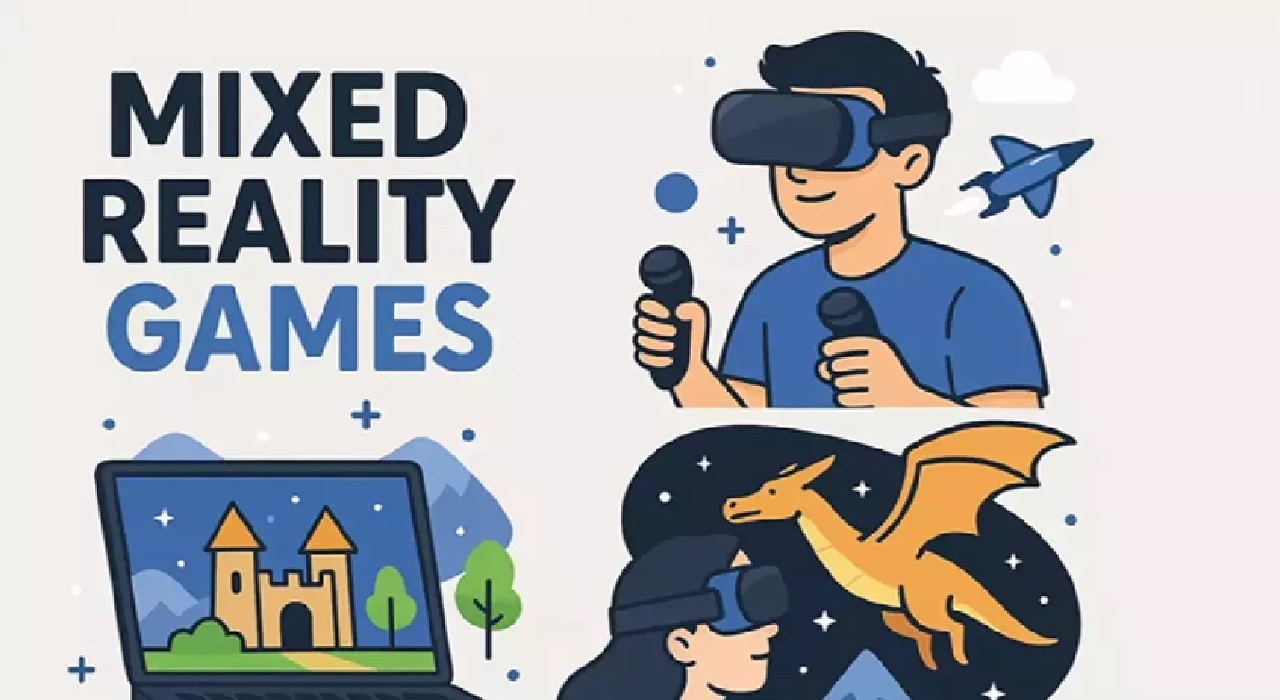
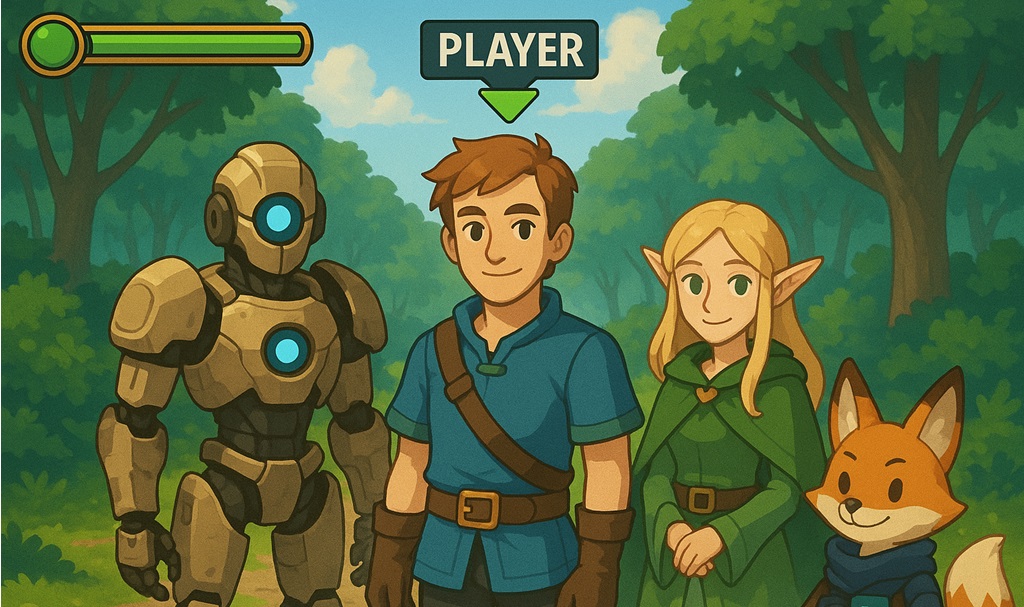
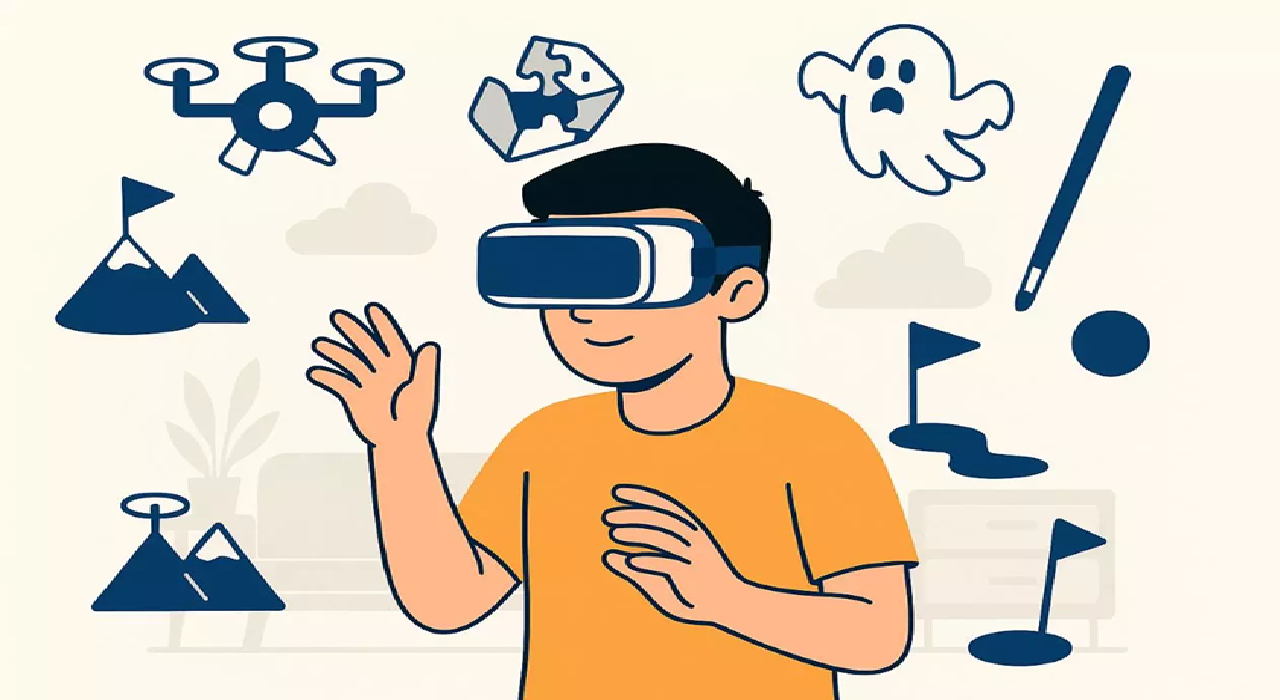
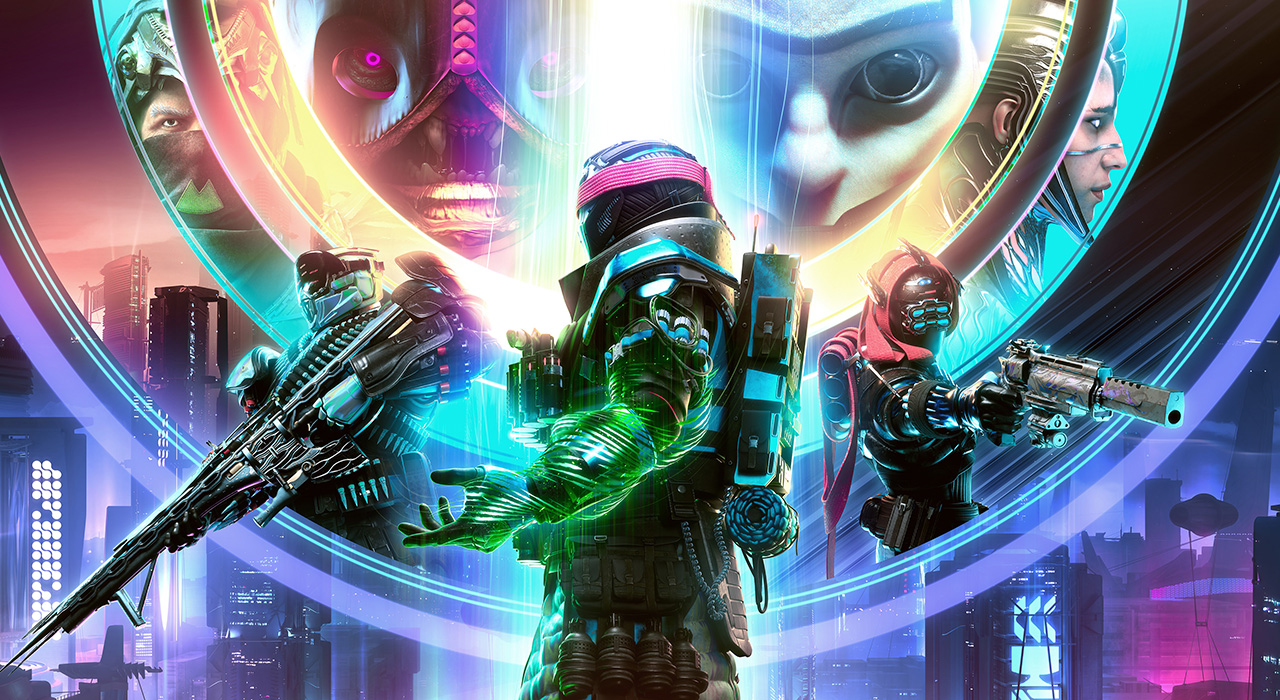

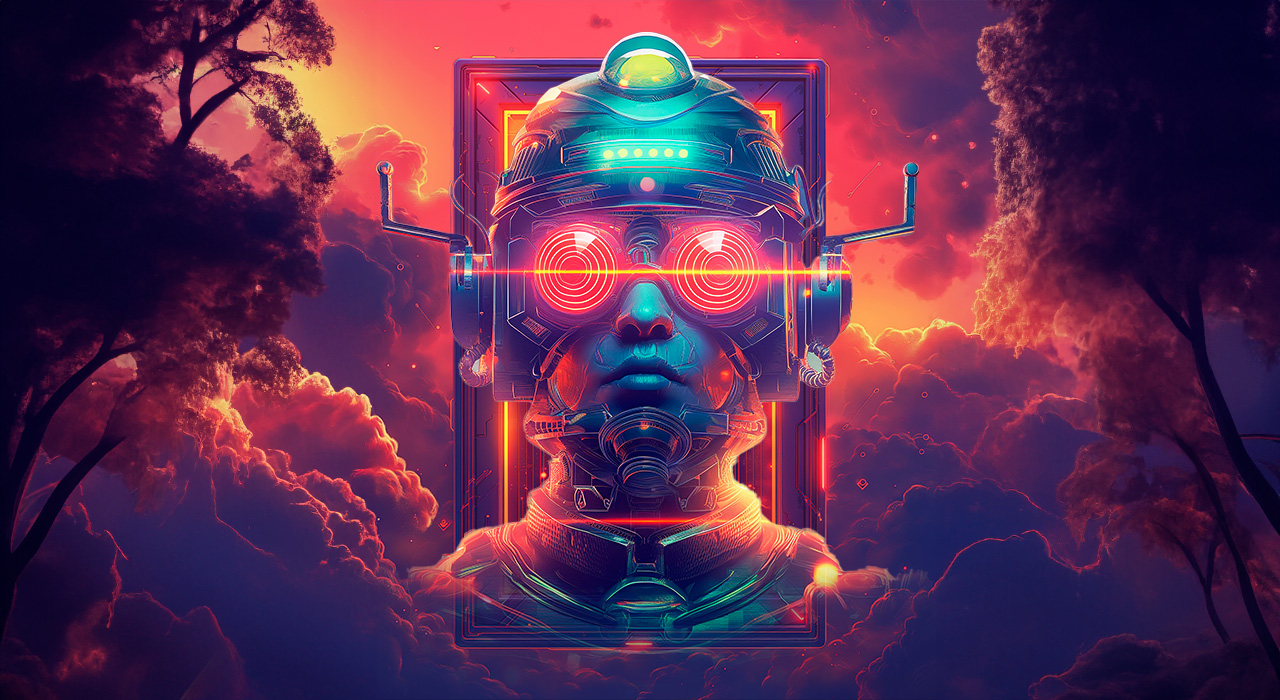
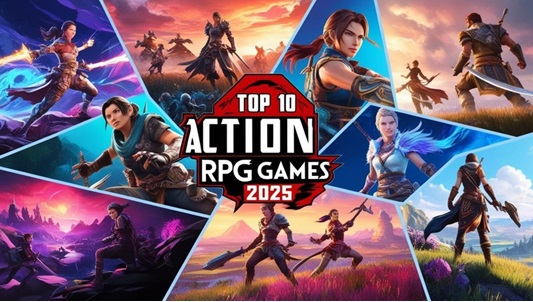
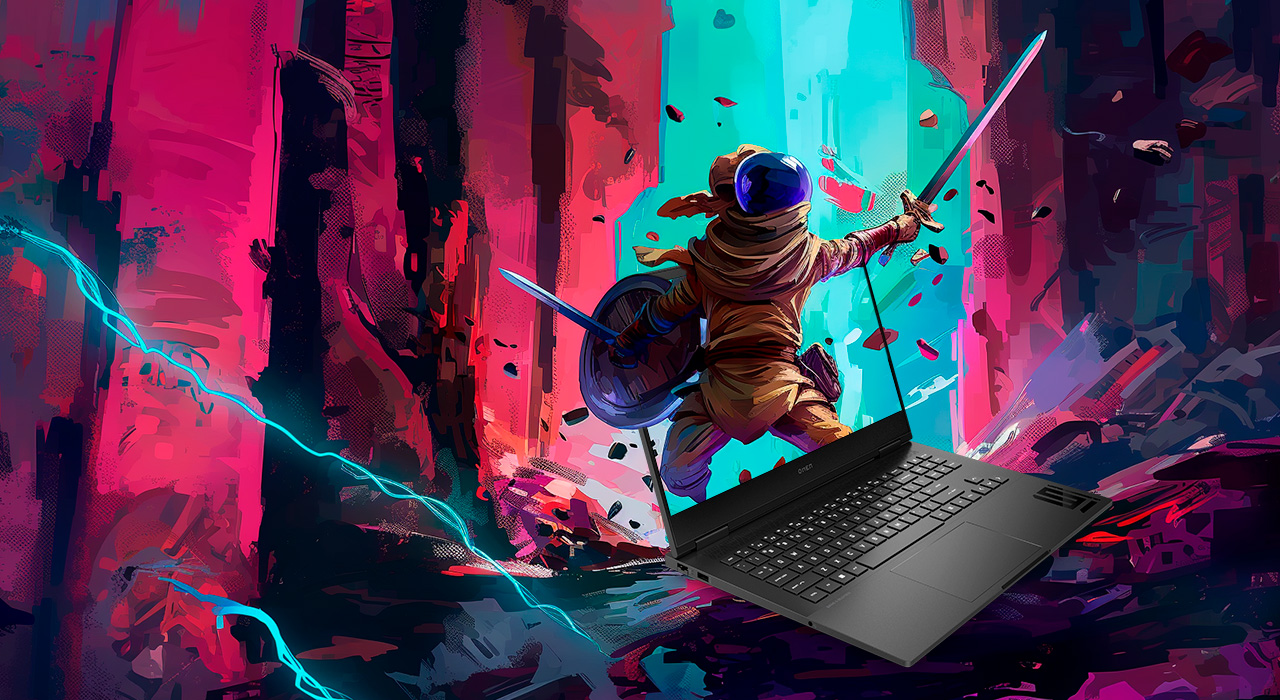

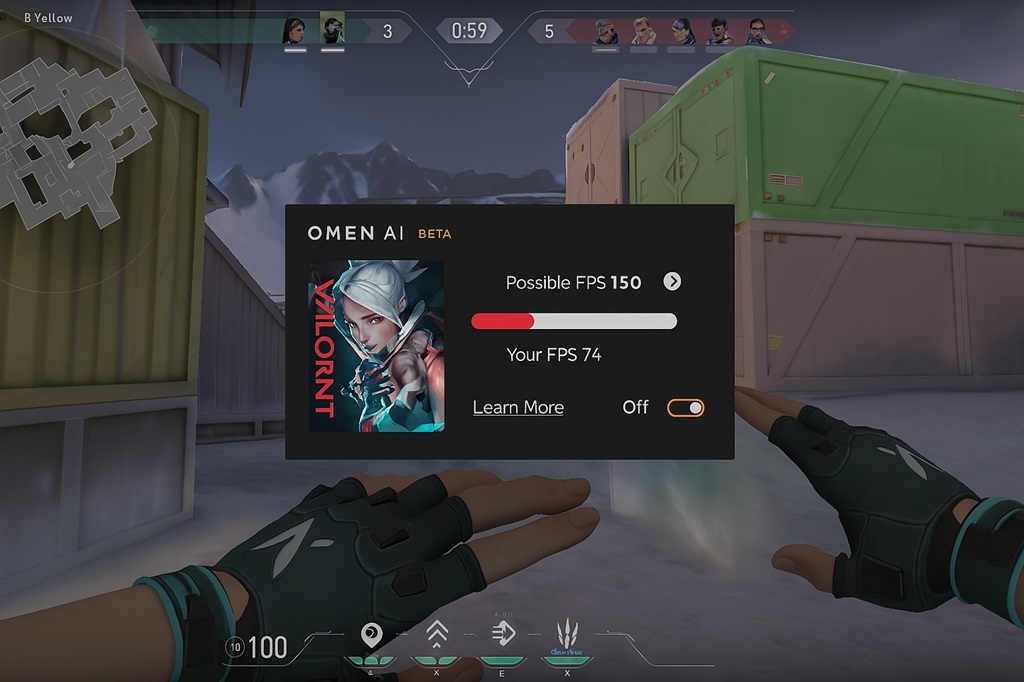
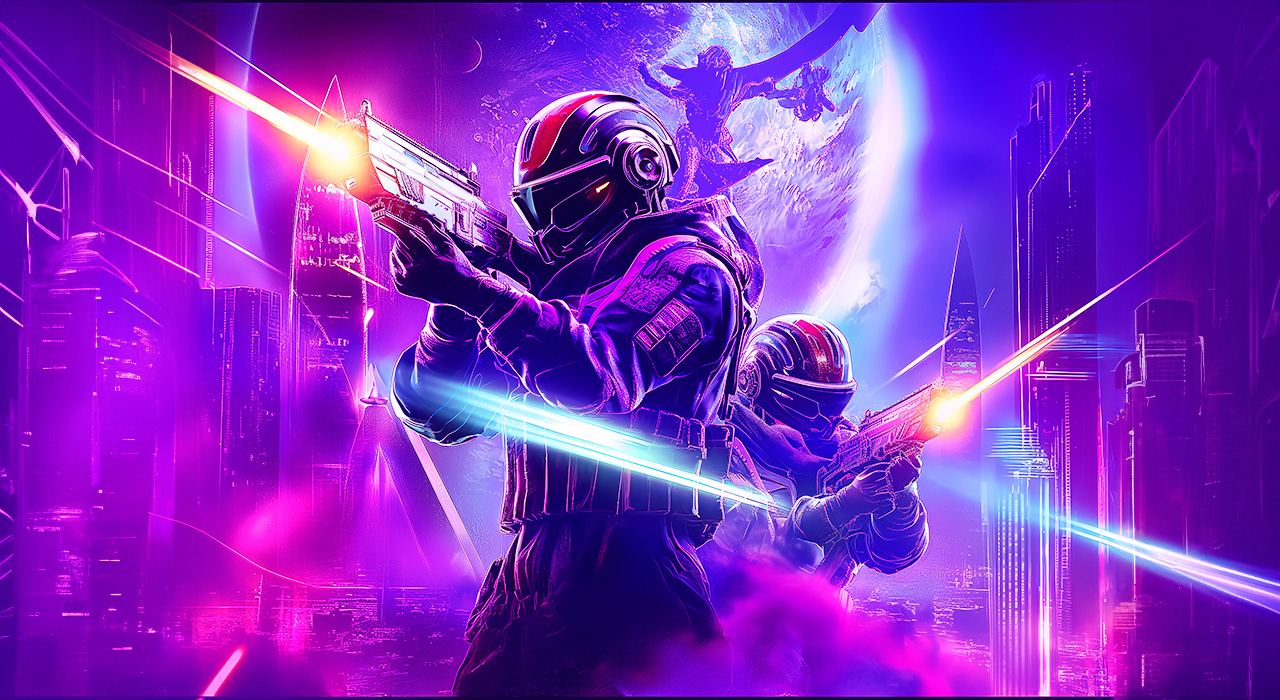

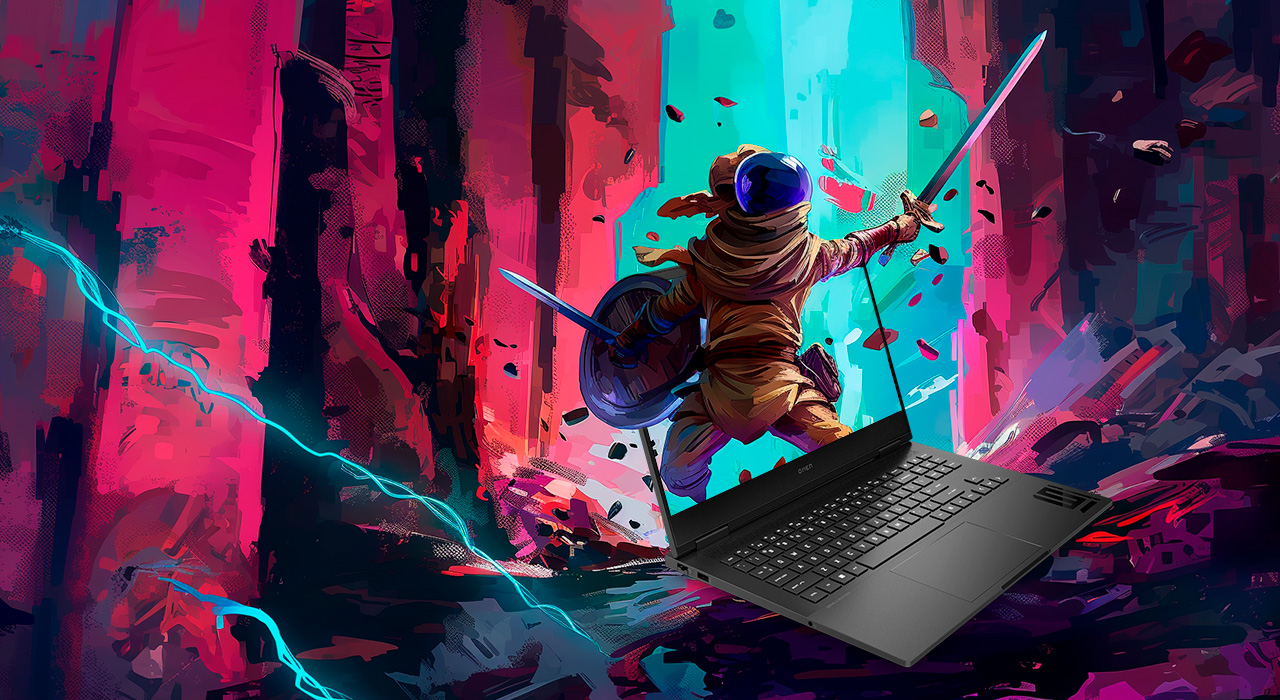


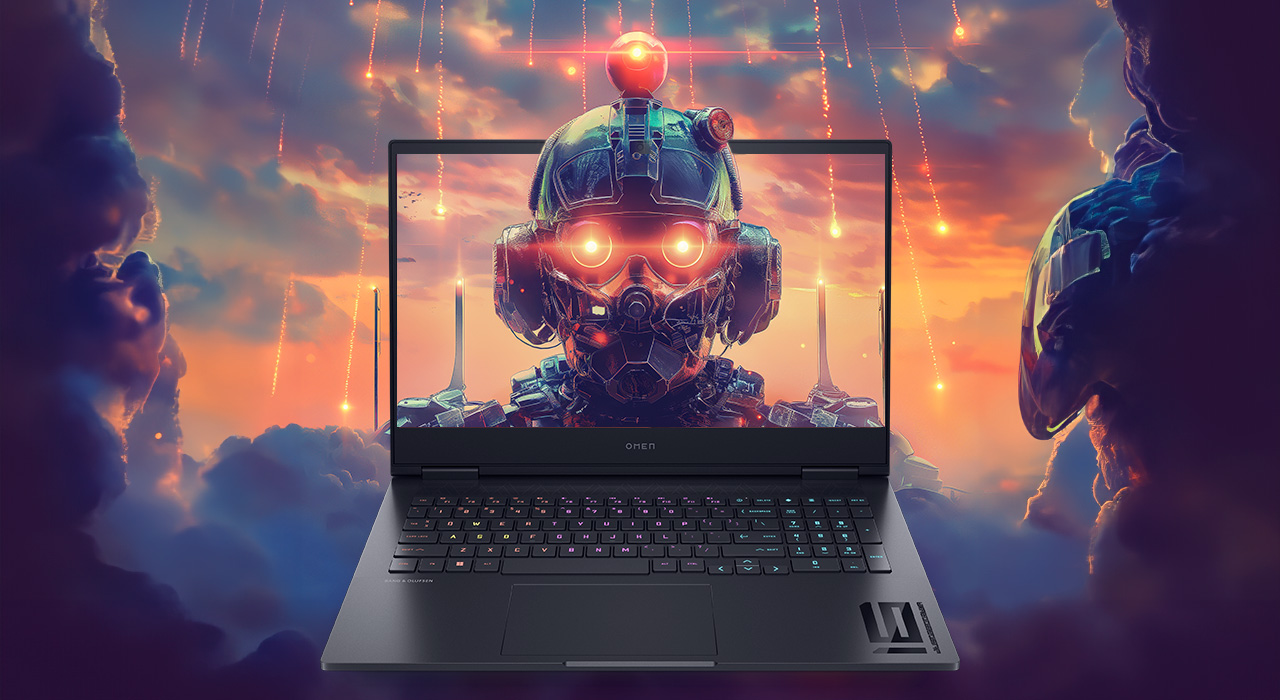





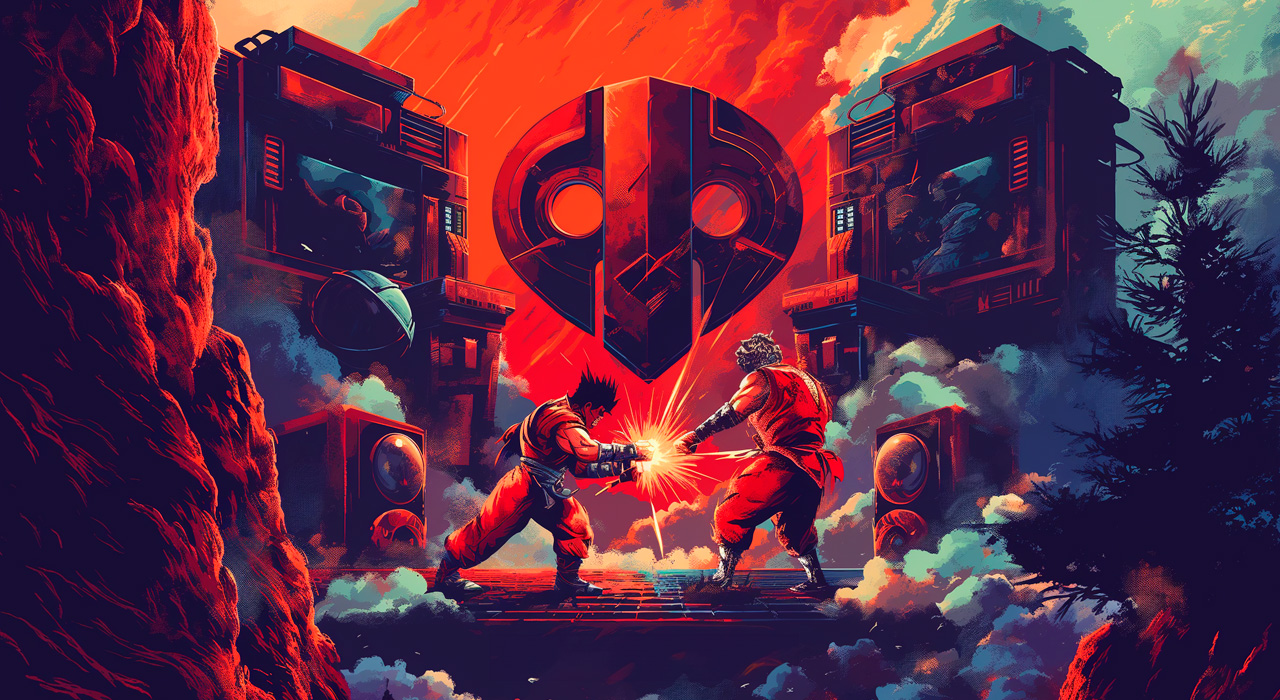







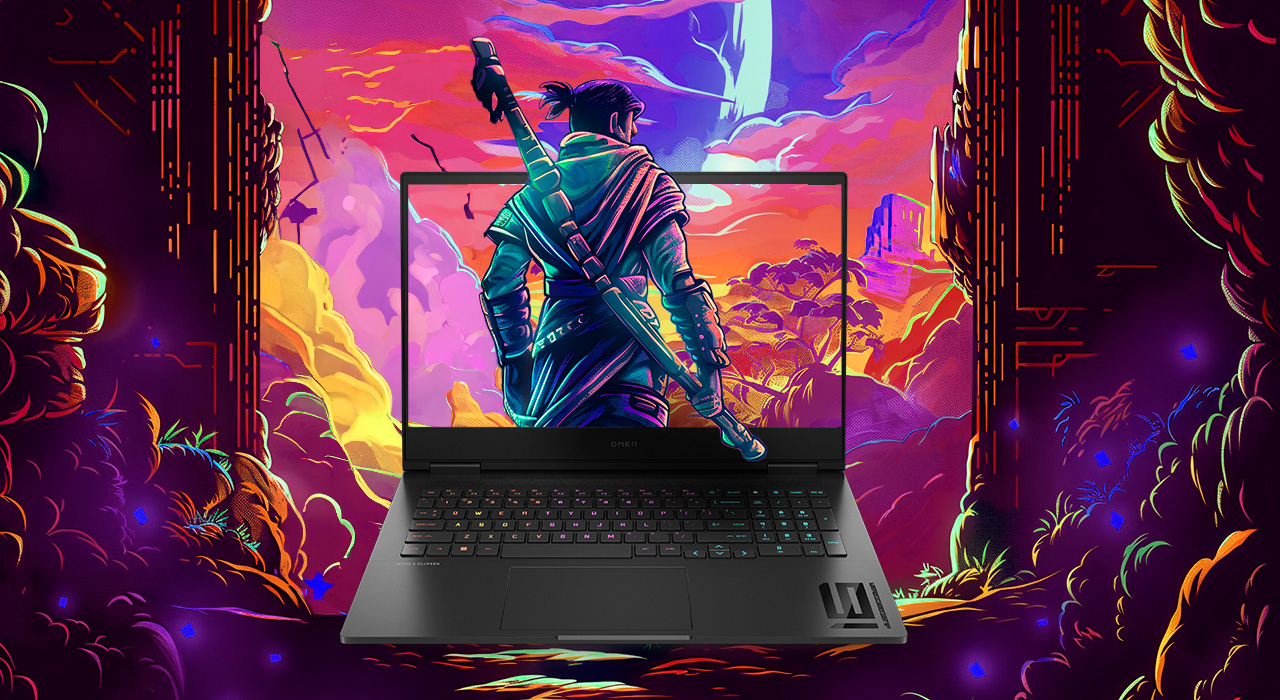

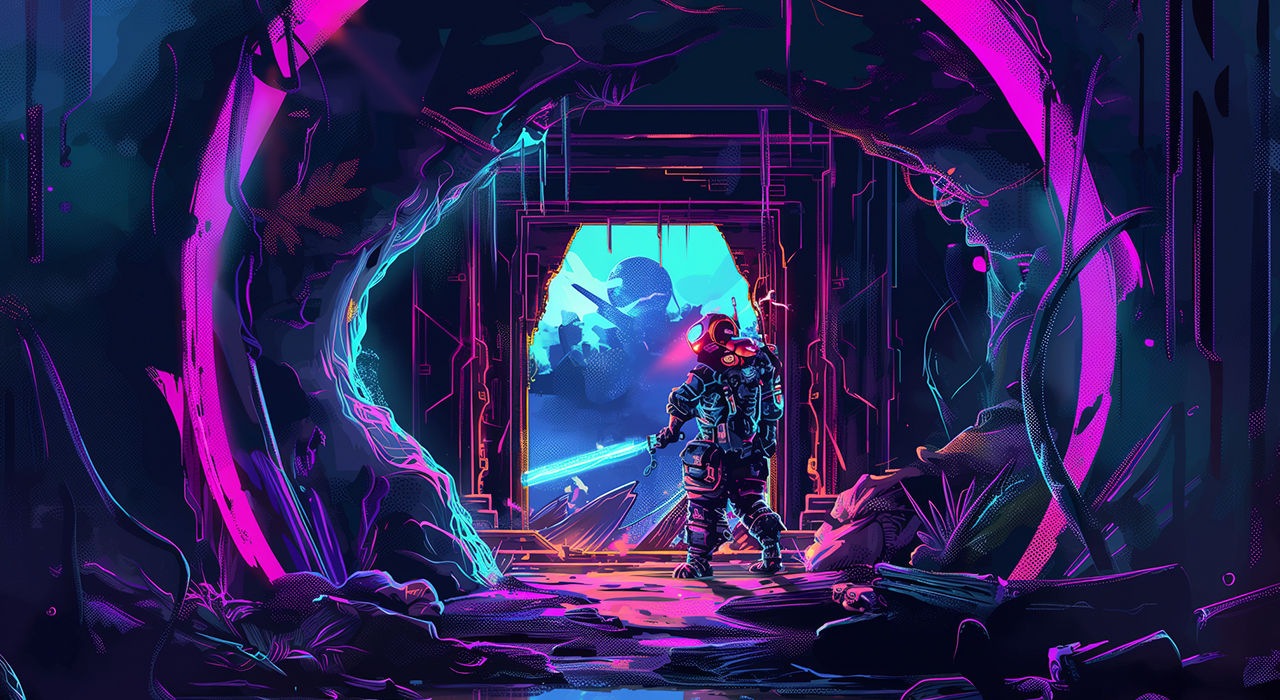
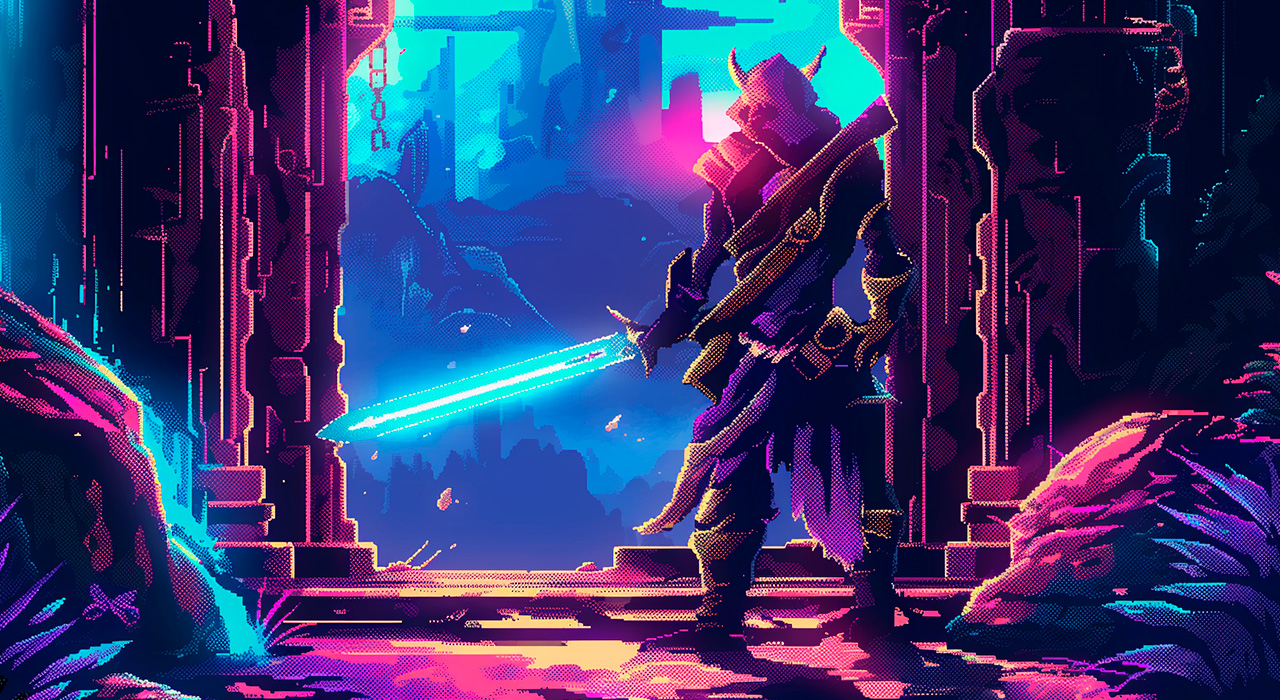




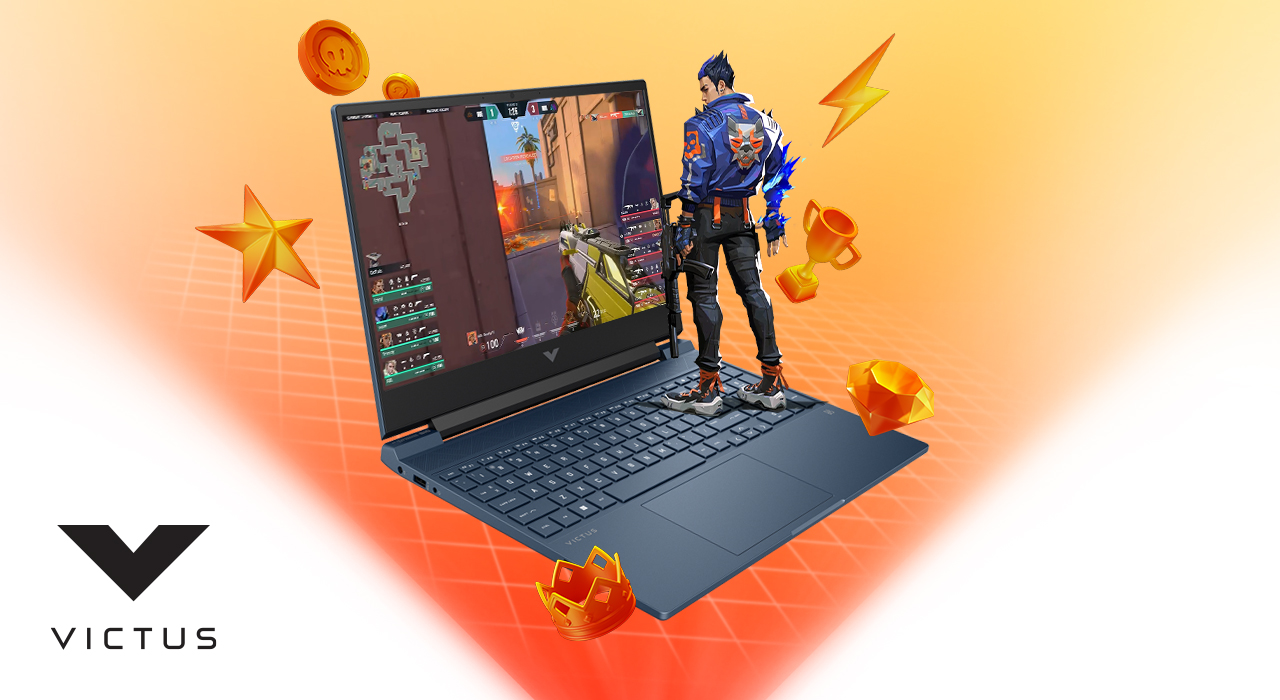
There are (0) comments.